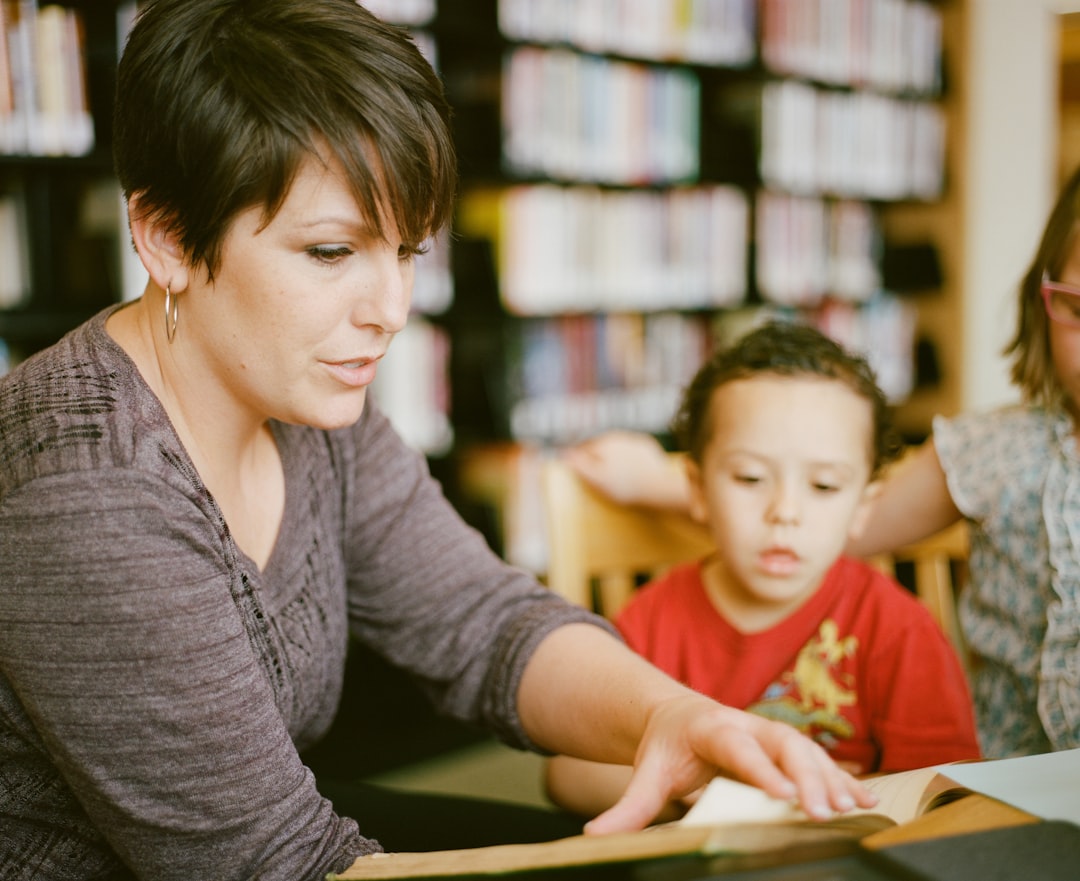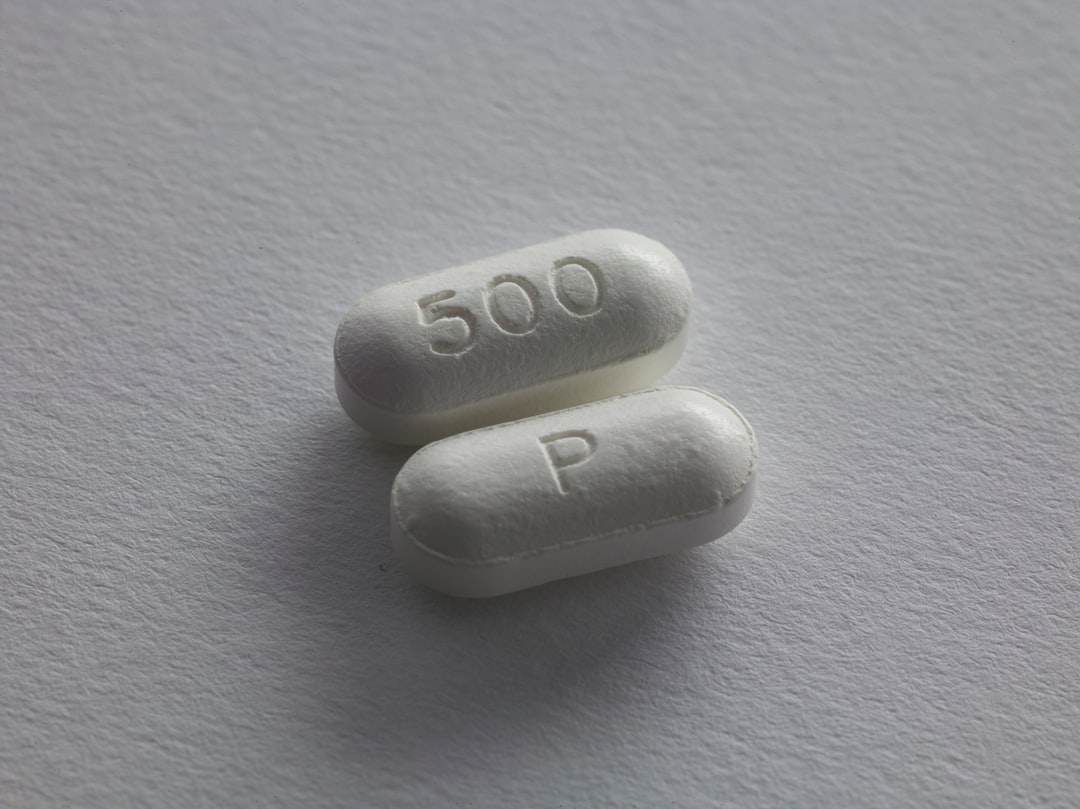What is it about?
This was the second article about developing the ActionSC treatment. It described important parts of the first treatment phase. We explained how it was based on psychological principles of motor learning and designed to support learner autonomy. The study used just one person with aphasia as a participant. This woman had aphasia and apraxia of speech and wanted to learn to have better conversations with friends and family. The treatment was administered on a tablet.
Featured Image

Photo by Joel Muniz on Unsplash
Why is it important?
After the treatment, the participant had learned to say 30 phrases she couldn't say before. This learning happened even though she didn't rely on the therapist to check for accuracy or tell her what to do. She started learning faster at the end of the treatment program and became skilled at directing the therapist to prepare suitable video cues for her independent practice. This supports our vision that ActionSC will be able to help people learn to help themselves even after formal treatment has ended.
Perspectives
It was interesting to test parts of the ActionSC treatment and exciting to see the participant become a skilled learner by the end of the project. Still, we knew we had a lot of work to do before being able to define the full treatment protocol and run outcome studies.
Katarina L Haley
University of North Carolina at Chapel Hill
Read the Original
This page is a summary of: Autonomy-supportive treatment for acquired apraxia of speech: feasibility and therapeutic effect, Aphasiology, December 2019, Taylor & Francis,
DOI: 10.1080/02687038.2019.1705662.
You can read the full text:
Contributors
The following have contributed to this page










